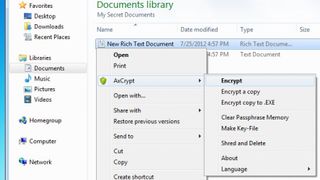


Cloud backups also have the benefit of focusing on backing up the most important data, typically your personal documents, pictures, video, etc. A cloud backup allows you to backup off-site. Say a fire happens at your home and you lose your computer in the fire, likely it means you lost your physical backup too (unless you took it with you in a bag)! But with a cloud backup, you know your data is still safe. But the more you grab means the more time it takes to backup and restore, and that data is at risk of something happening to it if it and the computer are stored in the same location. In the event you need to restore, a physical backup will likely be quicker than needing to connect to the Internet (assuming you can). Even if you don’t do a full disk backup, you can still backup up your Mac’s profile and settings to quickly restore to. Physical backups typically allow you to grab the entirety of your hard drive should you so choose. Both systems have their pros and cons that compliment each other. In fact, it would be better to use a cloud syncing method in conjunction with a local physical backup. First, you should not consider this an either-or situation. There are a few things that should be emphasized first before we start this. This section will be about cloud backup and syncing. If you’re looking for a guide on physical backups I would suggest looking at part 1 of the guide. This is a bit overdue, but welcome to part 2 of the complete guide to backing up your Mac.


 0 kommentar(er)
0 kommentar(er)
